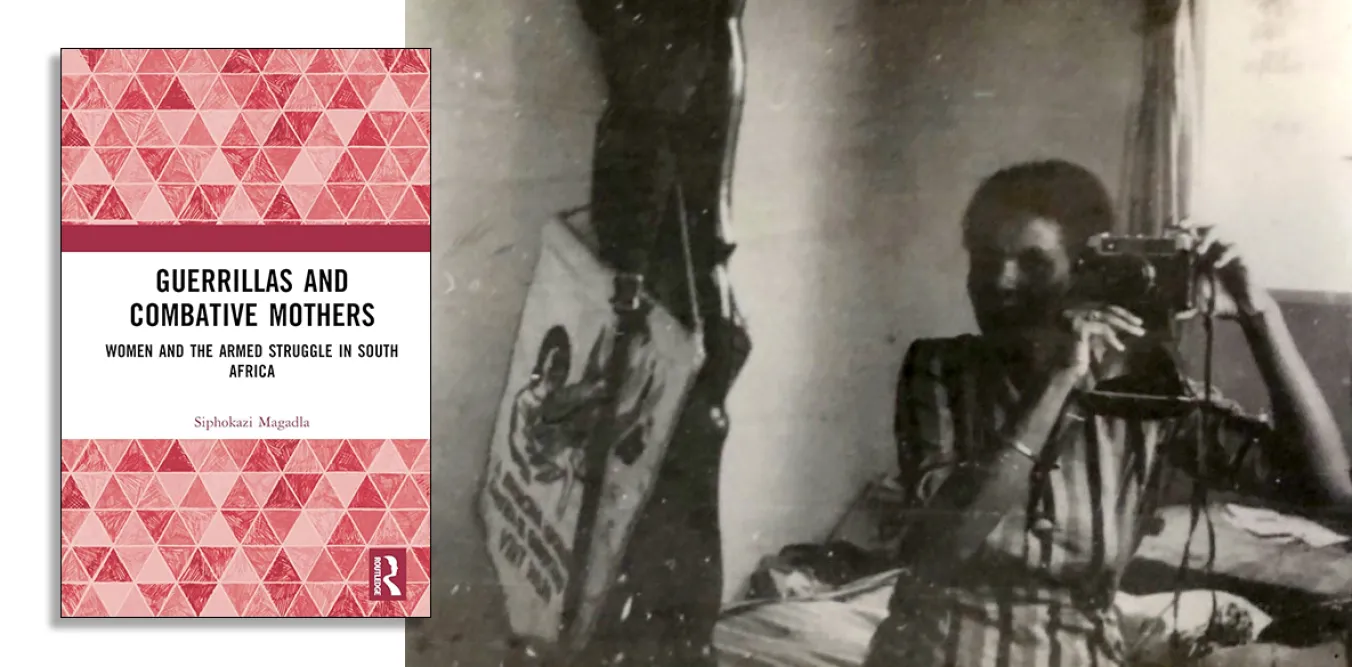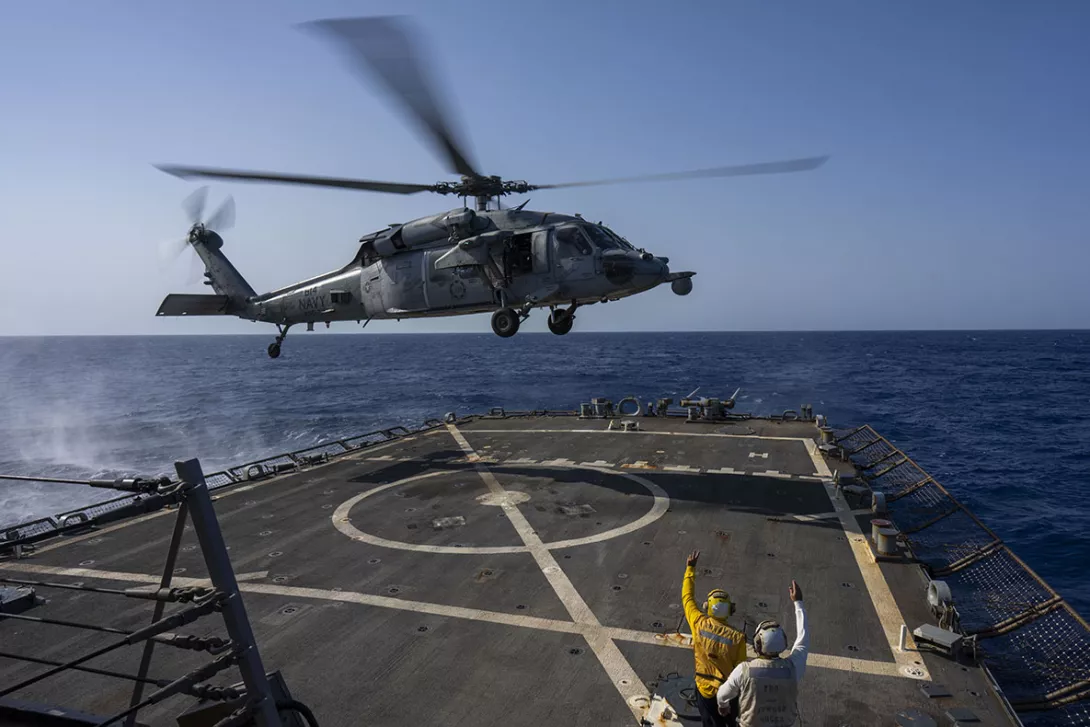
The Convoy – HG-76: Taking the Fight to Hitler’s U-boats
Angus Konstam, Osprey, £25
DURING the early years of the second world war, scantily protected convoys of merchant ships undertook perilous journeys sailing from the US, Africa and Gibraltar to Britain in order to bring home food, raw materials and other supplies vital to the war effort.
This precarious lifeline kept Britain in the fight against Nazi Germany and accordingly became an obvious target for “wolf packs” of U-boats patrolling under the sea and looking to sink poorly defended targets.
The tonnage war spearheaded by German Admiral Karl Donitz, was predicated on the idea that sinking a sufficient proportion of merchant shipping would starve Britain into submission and thereby force its surrender and exit from the war. Angus Konstam shows that this nightmare scenario was a very realistic possibility during 1940-41. At the time the Royal Navy lacked sufficient numbers of armed escorts to ensure adequate convoy protection while the doctrine underpinning convoy protection was generally once of passive defence.
Tactics needed to change to ensure Britain’s survival.
The Convoy – HG-76 gives a gripping and detailed account of how Johnnie Walker, a maverick Royal Navy commander and anti-submarine expert, whose radical ideas on convoy defence had hitherto been overlooked by his superiors, had the opportunity to put his theoretical ideas into practice.
Walker proved that merchant convoys could be better protected to ensure a larger proportion of ships arrived safely at their destination while turning the tables on the wolf packs.
Arguably, Walker’s tactics turned the tide of the war in the Atlantic as the Royal Navy thereafter adopted his strategies, such as the devastatingly effective “creeping attack” that used ships in pairs while attacking, and the “barrage attack” that carpet-bombed the area a boat was suspected to be.
HG-76 was a large and well-supplied convoy that sailed from Gibraltar to Britain in mid December 1941. German spies based in neutral Spain alerted Donitz to its impending departure who in turn found the prize too tempting to resist and mustered significant resources to decimate the shipping. The Convoy – HG-76 depicts a tense, nearly two week battle of wills between Walker and Donitz, that took place in the cold waters of the Atlantic at a time when the long winter nights made it easier for U-boats to creep up on the convoy undetected.
Walker’s novel battle tactics resulted in the majority of the convoy’s ships safely reaching Britain with their precious cargo while his armed escorts managed to sink several U-boats along the way — a previously unimaginable outcome.
Konstam’s account relies on logs and reports from Merchant and Royal Navy officers and seamen, as well as from their U-boat counterparts. The latter’s job was reportedly the most dangerous occupation during the war, with a 75 per cent casualty rate.
The reader is given access to the thoughts, motivations and fears of sailors and airmen serving on both sides of the tense battle, as Konstam’s detailed narrative of HG-76’s journey tells the story of those who served with and defended the merchant convoys so vital to Britain’s survival during World War II.














